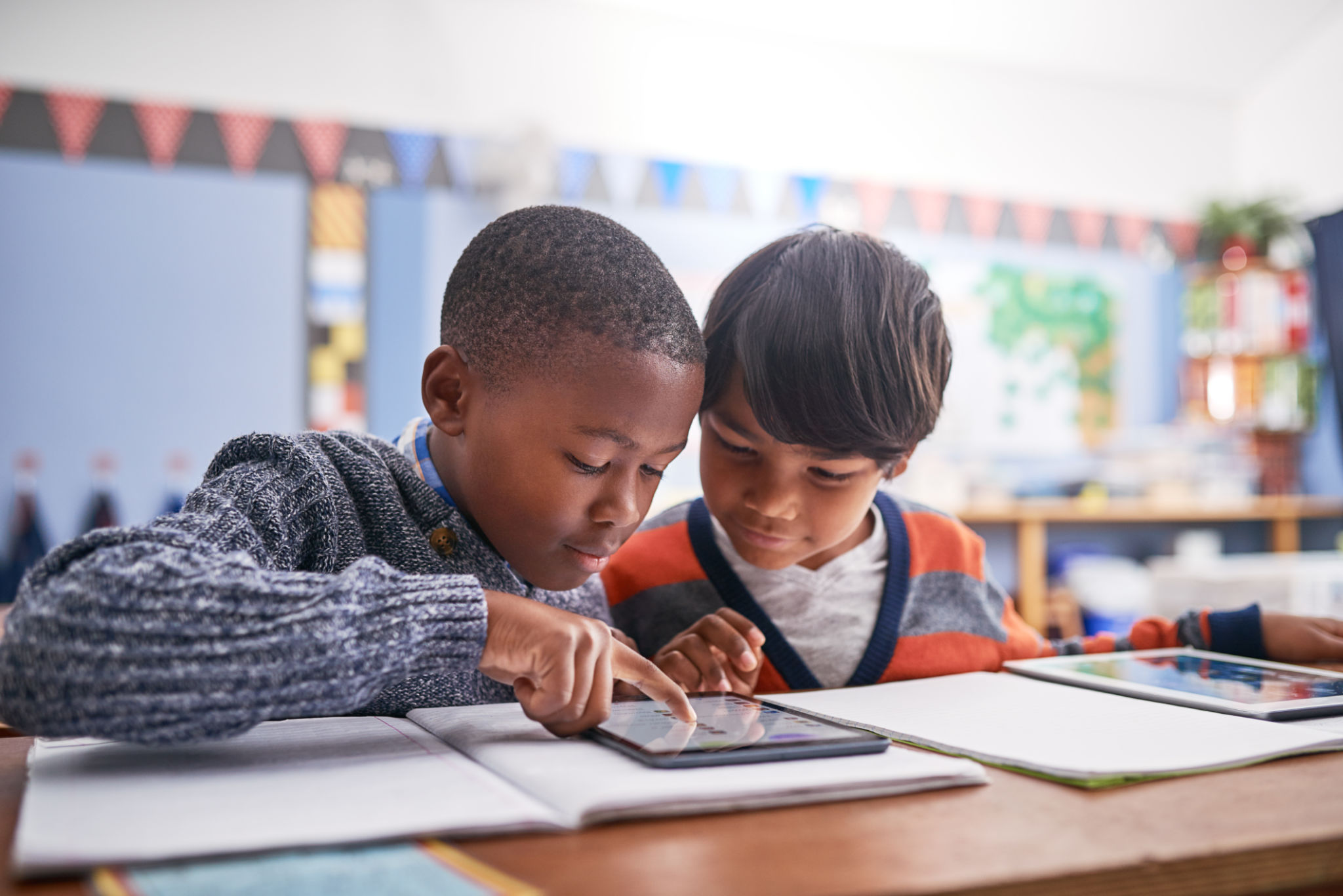Local Insights: The Future of Technology in Greeley Classrooms
Embracing Digital Transformation
In recent years, classrooms across Greeley have been at the forefront of a digital revolution. With advancements in technology, educators are integrating innovative tools and resources to enhance the learning experience. The shift from traditional methods to a more tech-driven approach is reshaping how students engage with their education.
The adoption of technology in Greeley classrooms aims to foster a more interactive and personalized learning environment. With the integration of tablets, smartboards, and learning apps, students are able to explore subjects in depth and at their own pace. This digital transformation is not just about adopting new tools but also about adapting teaching methodologies to suit a tech-savvy generation.

The Role of Artificial Intelligence
Artificial Intelligence (AI) is playing a pivotal role in transforming education. In Greeley, AI-driven tools are being used to tailor educational content to meet individual needs. These tools analyze student performance and provide personalized feedback, helping educators identify areas where students may need additional support.
Moreover, AI is helping automate administrative tasks, allowing teachers to focus more on instruction rather than paperwork. This efficiency not only enhances the learning experience but also ensures that educators can dedicate more time to developing innovative teaching strategies.

Virtual Reality and Augmented Reality in Classrooms
Virtual Reality (VR) and Augmented Reality (AR) are opening up new horizons in Greeley's educational landscape. These technologies allow students to experience immersive learning environments, making abstract concepts tangible and accessible. For example, students can take virtual field trips to historical sites or explore the human body in 3D detail.
The use of VR and AR in classrooms encourages engagement and curiosity among students. By providing a hands-on learning experience, these technologies help students retain information more effectively and develop a deeper understanding of complex subjects.

Challenges and Opportunities
While the integration of technology in education presents numerous benefits, it also brings challenges. Ensuring equitable access to digital tools remains a priority for Greeley schools. Bridging the digital divide is essential to provide all students with equal opportunities to benefit from technological advancements.
Despite these challenges, the future of technology in Greeley classrooms holds immense promise. Educators and administrators are committed to leveraging digital tools to create an inclusive and dynamic educational environment. By embracing technology, Greeley schools are preparing students for a future where digital literacy will be crucial.
The Road Ahead
As technology continues to evolve, so too will its applications in education. In Greeley, educators are keen on staying ahead of technological trends, ensuring that students receive an education that is relevant and forward-thinking. Collaborations with tech companies and ongoing professional development for teachers are key components of this strategy.
Ultimately, the integration of technology in Greeley classrooms is about more than just enhancing education—it's about equipping students with the skills they need to succeed in a rapidly changing world. By fostering a culture of innovation and adaptability, Greeley schools are setting the stage for a bright future.
